Solutions for Swimming Pools and Water Parks
Recommended Products for Swimming Pools and Water Parks
Support and Learning
We provide professional support and many services in order to help you with finding a quick and efficient solution for your projects.
My Name is Mia: Your 24/7 AI Assistant
How can I help you today?
Didn't receive assistance from Mia? Please reach out to our support teams:
Technical Support | Sales Team
Technical Support | Sales Team





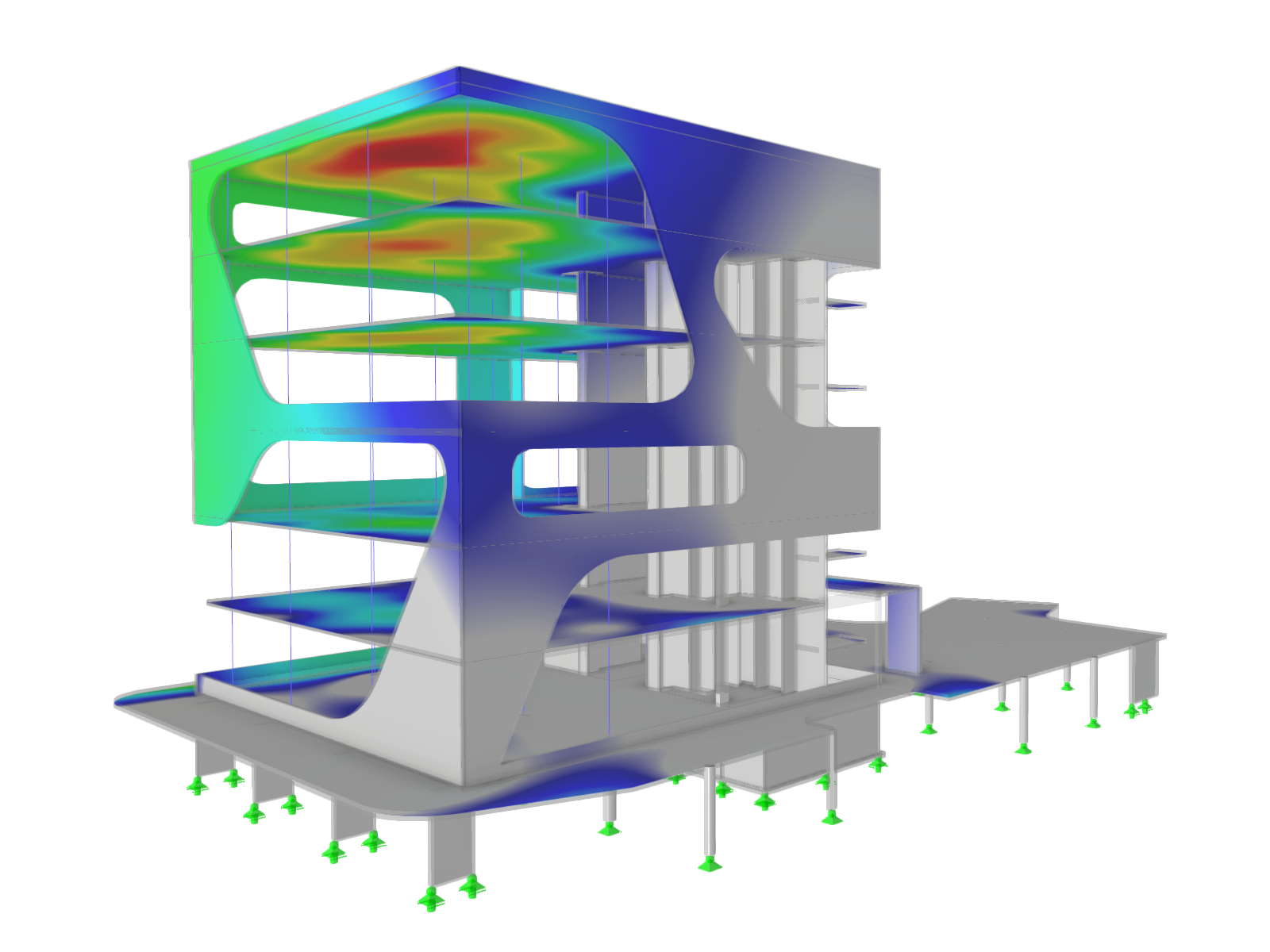
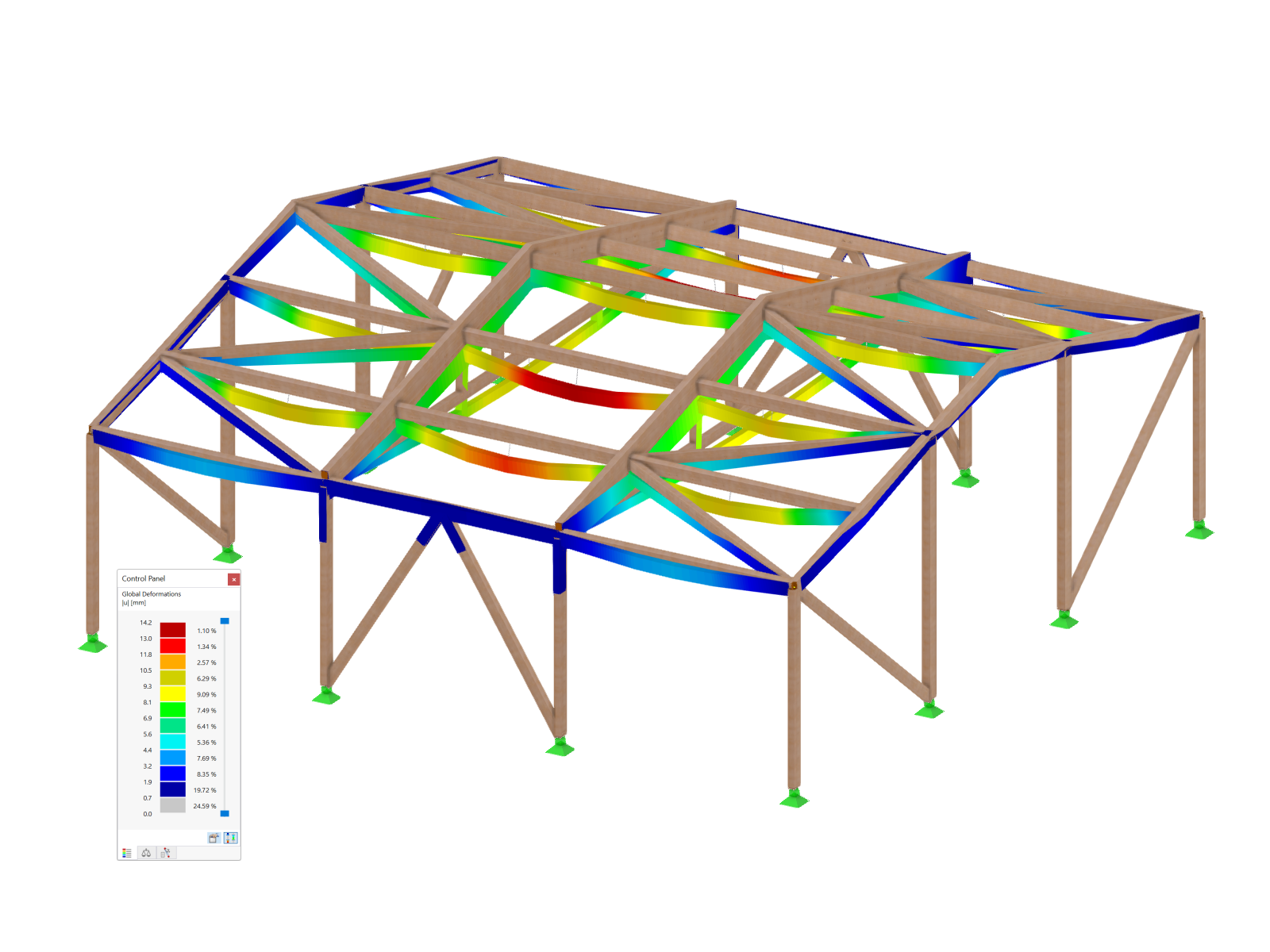
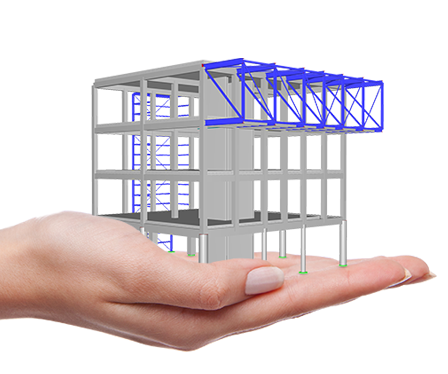
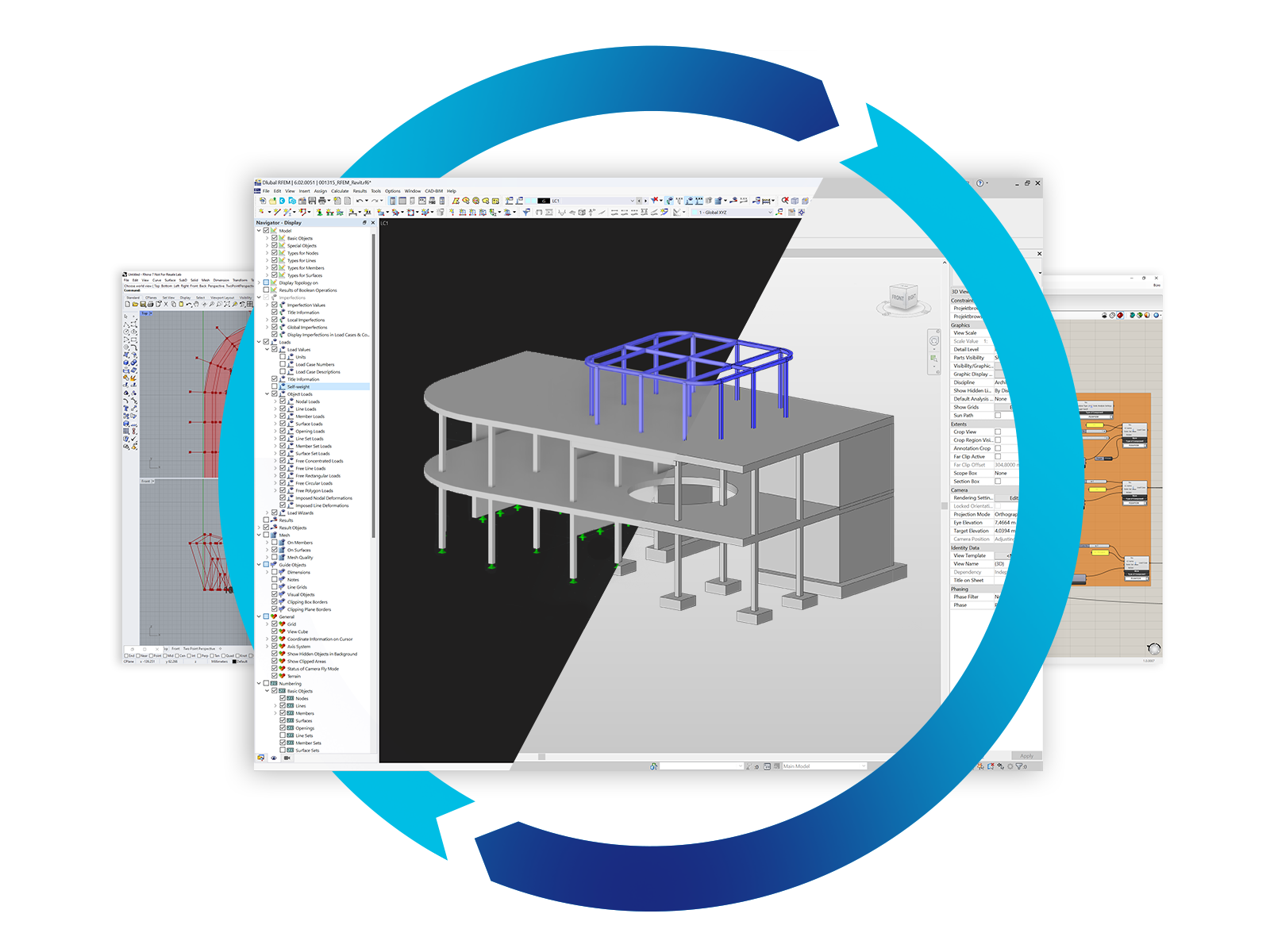

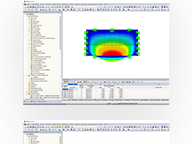
.png?mw=192&hash=f63e4a3f1836233005de32f60201d5392e507cf1)

.png?mw=80&hash=24e105a767cf2e175614b729c2d2fa1673e4e81b)